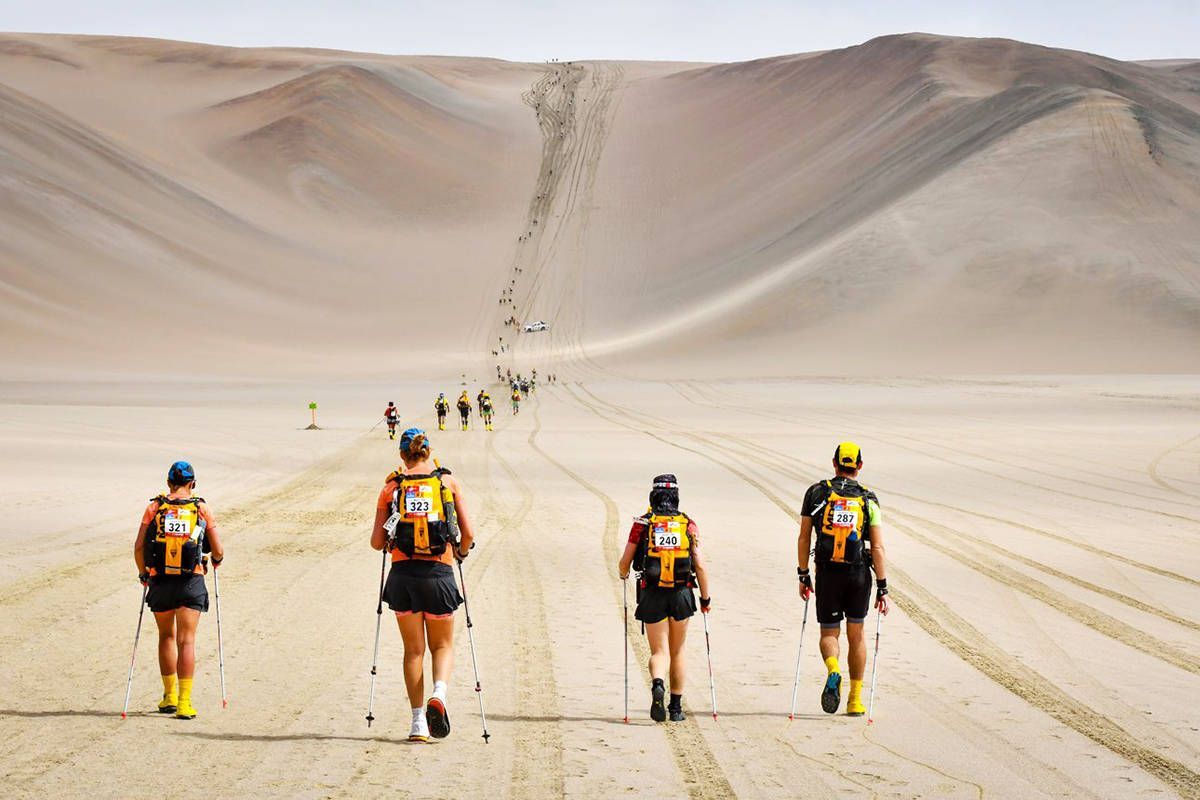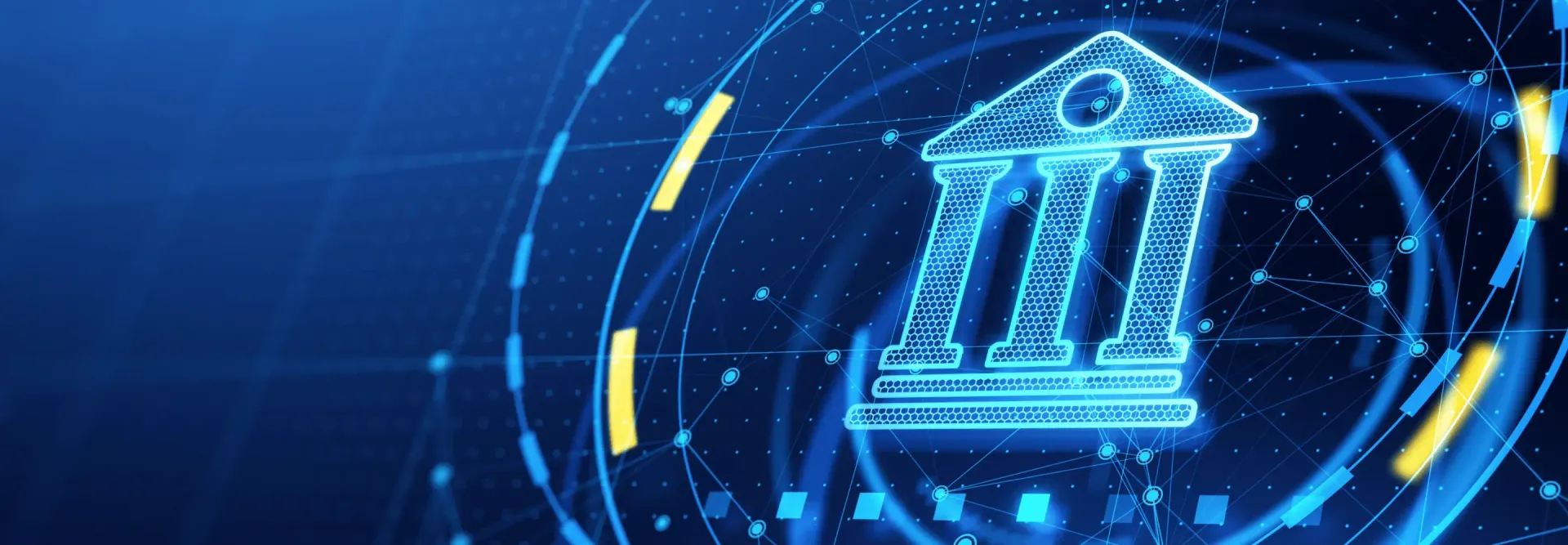Silicon Valley is not a one best way
Alessio De Filippis • 7 September 2020
When we think about innovation ecosystem and business we all think to Silicon Valley. It’s a mistake.

I’ve recently read an article of Greg Satell
about the limitations of Silicon Valley model. It’s been an epiphany. He’s right, Silicon Valley it’s not suitable with all innovation paths. We need other scenarios and frameworks.
I’m firmly convinced that in general there is not a one best way, I usually doubt when I speak with someone that share with me an apologetic view of “the solution”. Economic development, social development, innovation, like every other human activity is a cultural manifestation and therefore is at least country specific.
There is not a one best way of cooking, there is not a single way of doing business, there is not a single framework for the innovation driven economy.
As Greg Satell argues in the article, “Silicon Valley DNA” is the typical mantra for doing business in innovative business sectors even for policy maker that talk about Silicon Valley like the model to be replicated in other countries or economic systems. It’s like talking about Marshal Plan when politics talk about the economic development of underdeveloped countries, more a claim than a deep comprehension of the meaning of what Marshal Plan was. Silicon Valley has become something similar to Marshal Plan, a sort of chimera. Silicon Valley ecosystem was born more or less 50 years ago, we can consider the milestone of the generation of this model, the first seed, when in 1968, “ … an investor named Arthur Rock backed executives from Fairchild Semiconductor to start a new company, which would become known as Intel. … this transaction in large part became the model for the Silicon Valley way of doing business.”
Silicon Valley in a nutshell
Silicon Valley has become an extraordinary engine of entrepreneurship, it’s a charming and inspiring vision, but for a specific country in a specific time, and, mainly, for a specific industrial sector, ICT one. It’s not replicable because is a combination of specific features.
I want to focus on the most specific feature of this model, and of the related myth, the venture-funded entrepreneurship. People with great minds and high risk attitude (usually engineers), become entrepreneurs, usually they founded a tech company, make money, then they invest money in new projects as small or big venture capitalists. It’s a virtuous circle, a self-perpetuating model that has worked very well. It’s a marvelous model, but not suitable with every circumstances, perhaps not suitable with the next innovation era we are approaching. The era of genomics, longer Death Valley phases (more than the standard 5 years), not mature technologies to be commercialized, about no simple products (like an app).
Just to be clear, Silicon Valley model is a great ecosystem, but, what about hard technologies? What about not mature technology areas like genomic or green technologies (for example the implementation of a circular economy practice) that need huge investments for a long period of time? What about product that need huge investment for the development of a prototype? What happened when you don’t have a prototype of an app that can be built with the support of two friends but you need a lot of money for creating a new type of engine for airplanes?
Silicon Valley model work well when you need money for the go to market of a digital product,
something of a mature sector like consumer software, you have an easy prototype to show, you can scale up gradually but probably the death valley phase will be short. In other words, Venture capitalists in the Silicon Valley model, accept the market risk, the financial risk, not the technology and the product risk.
Think out of Silicon Valley
When we have to deal with a technology risk, we need a different model, a model for sectors like green technologies for example, with great microeconomic and macroeconomic impacts, but that need money for trying to transfer a theory, a paper work to be turned in a complex prototype, or different prototypes, to be tested probably with the help of a great company (able to produce the prototype or engineering the production capabilities for deploying and delivering the product). You need an ecosystem of patient capital, with high risk propensity, and industrial support of endup companies. This is not Silicon Valley model.
Geg Statell suggests to take example by grants model of universities, foundations and other kind of organizations that are not focused on rapid profits. He’s right, but probably that’s not the only solutions, it’s not enough. In Europe there is a great support of public grants for example, we have a long experience, but it doesn’t work in a very efficient way (the measure of the inefficiency is simply the economic performances of the innovations supported, that are not very high compared to USA innovation driven sectors), probably for the chronic inefficiency of the public sector, probably for the lack of accountability culture and processesin public and private areas, but I’m quite sure that is not enough.
In my opinion, a true hard tech ecosystem, and more in general, a true innovation ecosystem outside Silicon Valley, needs something that can be boosted by endup companies and open innovation principles.
A more or less traditional approach are what are experimenting by the corporate venture funds. A big company with technical and financial resources cansupport a new idea (a startup usually) founding the scale up or more recently, founding and helping with tangible and intangible resources the R&D phase, the validation of the industrialization feasibility and the market analysis.
But a more game-changer alternative is the so called open innovation approach. If you are an endup, you have capabilities in terms of industrial, commercial and know how in general. You are good in selling the product you are able to do now. But you need to innovate to remain competitive, and you have all you need to take a concept of proof or a scientific idea and transform that idea in a business success. If you are a research lab, a wannabe entrepreneur, you lack all the stuff endup has, but you are able to create concept of proof and you are more performing in “listening the market without constraints”. Starting from this premises, what is needed is something that, like Silicon Valley, can become the self- perpetuating ecosystem of innovation suitable with hard technology innovations and probably supported by the dialogue between endups and startups.
There is a lot of hype around open innovation, the right way of approaching is not yet clear, there is not a clear answer, but a lot of promising experiment like Philips Campus in Eindhoven it’s probably one of the possible way to experiment the future landscape of innovation in business.
It’s an unpredictable and exiting future, we have only to try and learn from our experiences and mistakes and see where all these opportunities will bring us.The body content of your post goes here. To edit this text, click on it and delete this default text and start typing your own or paste your own from a different source.
by Alessio De Filippis, Founder and Cheif Executive Officer @ Libentium.
Founder and Partner of Libentium, developing projects mainly focused on Marketing and Sales innovations for different type of organizations (Multinationals, SMEs, - Start-ups).
Cross-industry experience: Media, TLC, Oil & Gas, Leisure & Travel, Biotech, ICT.











